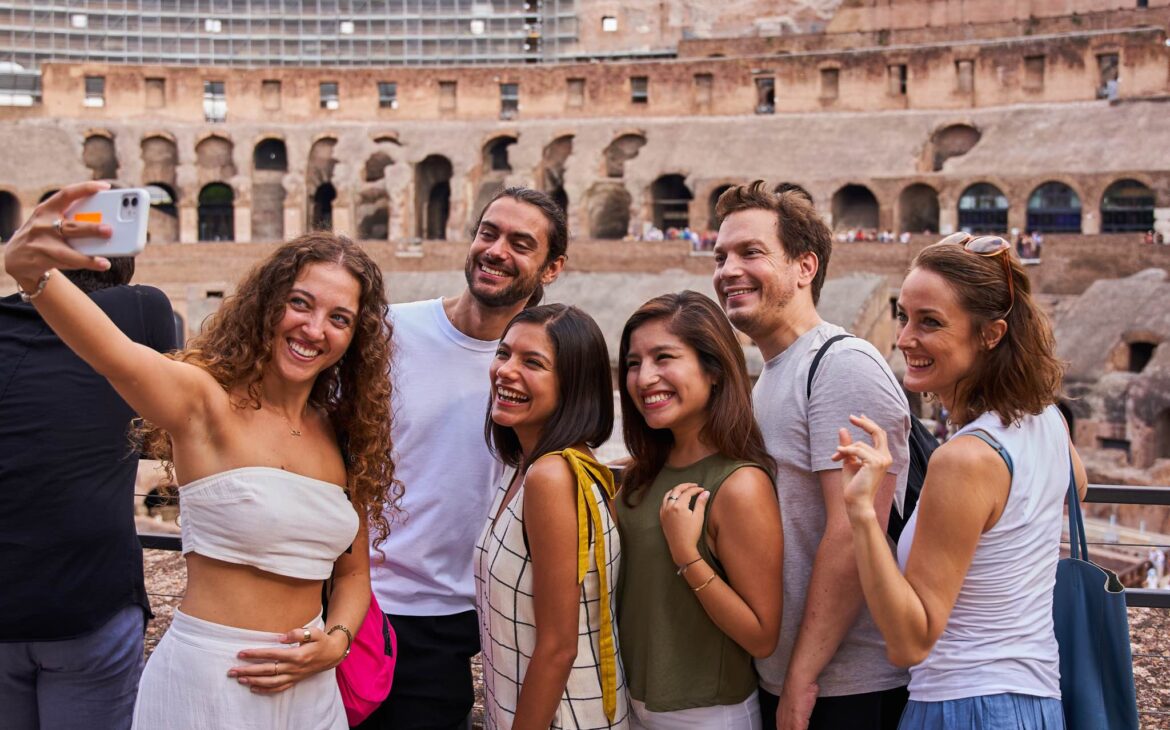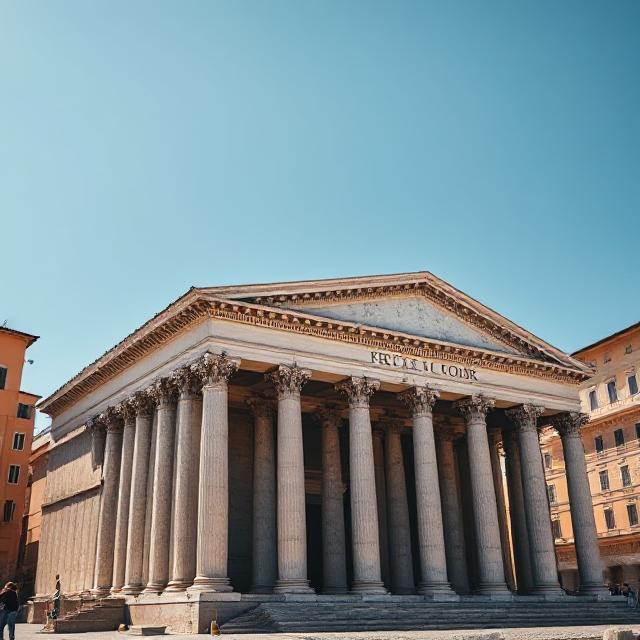
Welcome to the Roman Pantheon, your ultimate guide to visiting the Pantheon in Rome! Here you will discover a treasure trove of information about this iconic ancient temple and its captivating surroundings. From the historical significance of the Pantheon to the nearby attractions like Piazza della Rotonda and Santa Maria sopra Minerva, we provide valuable insights to enhance your experience. Our guide offers tips on what to explore within the Pantheon, how to make the most of your visit, and strategies to navigate the crowds efficiently. If you plan to continue your Roman adventure, don’t miss our comprehensive guide on Visiting the Vatican.
The Pantheon in Rome is one of the most iconic and best-preserved monuments of Ancient Rome, drawing millions of visitors every year. Known for its awe-inspiring dome and as a masterpiece of Roman engineering, the Pantheon is a must-see attraction for anyone exploring the Eternal City. Whether you’re booking Pantheon tours, searching for fast-track tickets, or simply curious about its history, this guide covers everything you need to know for an unforgettable visit.

Table of Contents
ToggleA Brief History of the Roman Pantheon
The original Pantheon was built around 27 BC by Marcus Agrippa, but the current structure dates to 118–125 AD, rebuilt by Emperor Hadrian after a fire destroyed the earlier temple. Dedicated originally to “all gods,” the Pantheon later became a Christian church in the 7th century, which helped preserve it through the Middle Ages. Its legendary dome, with the central oculus open to the sky, remains the largest unreinforced concrete dome in the world.
Must-See Attractions in the Pantheon in Rome
The Dome and Oculus: A true marvel of Roman architecture, letting sunlight (and sometimes rain) illuminate the interior.
The High Altar and Chapels: Reflecting centuries of Christian worship.
Tombs of the Famous: Resting place of Renaissance artist Raphael and Italian kings Vittorio Emanuele II and Umberto I.
Inscription of Agrippa: The facade still bears the original dedication to Marcus Agrippa.
Attractions Near the Roman Pantheon
The Pantheon sits in lively Piazza della Rotonda, surrounded by cafes and shops. Within walking distance, you can also explore:
Piazza Navona – Famous for Bernini’s fountains.
Campo de’ Fiori – A bustling market square.
Trevi Fountain – Toss a coin to ensure your return to Rome.
The Spanish Steps – Another iconic Roman landmark nearby.
Tips for Visiting the Pantheon in Rome
Arrive Early: Beat the crowds in the morning.
Dress Modestly: As an active church, shoulders and knees should be covered.
Stay for the Atmosphere: Spend time inside and outside in Piazza della Rotonda.
Join a Guided Tour: Gain deeper insight into the Pantheon’s history and architecture.

Information for visiting the Roman Pantheon
Rome Pantheon Fast-Track Tickets
For a smoother experience, fast-track Pantheon tickets allow you to skip long lines and head straight inside. Many tour operators also bundle Pantheon entry with guided walking tours of nearby landmarks like Piazza Navona and Campo de’ Fiori, giving you more value from your visit.
January 2nd to February 15th 8.30 to 16.30
February 16th to March 15th 8.30 to 17.00
March 16th to last Saturday of March 8.30 to 17.30
Last Sunday of March to August 31st 8.30 to 19.15
September 1st to September 30th 8.30 to 19.00
October 1st to last Saturday of October 8.30 to 18.30
Last Sunday of October to December 31st 8.30 to 16.30
Colosseum tickets start at €18.00 for regular access on the official website. Resellers sell Skip the line tickets between €25-30. For guided tours the typical range is €55-100 euros depending on the group size and tour type.
Indeed, the Colosseum welcomes disabled individuals with its accessibility features. Upon arrival, you can access the building through a ramp and explore the ground floor. Additionally, an elevator is available to transport you to the middle tier. It’s worth noting that the elevator can accommodate up to two wheelchairs simultaneously, depending on their size.
Visitors are permitted to bring a small backpack when visiting the Colosseum. However, it is strictly prohibited to enter with large backpacks. Additionally, for the safety of all, the Colosseum prohibits the entry of any dangerous objects, including weapons, knives, explosive items, or fireworks.
Feel free to capture your memorable moments at the Colosseum as cameras are allowed within the premises. While you can take photos inside the magnificent amphitheater, capturing the Colosseum as a backdrop from the outside will provide you with a quintessential tourist shot, offering a classic perspective of this iconic attraction.
Whether you’re interested in Pantheon tours, skip-the-line access, or guided history walks, planning your visit in advance ensures you experience the Roman Pantheon at its very best.

